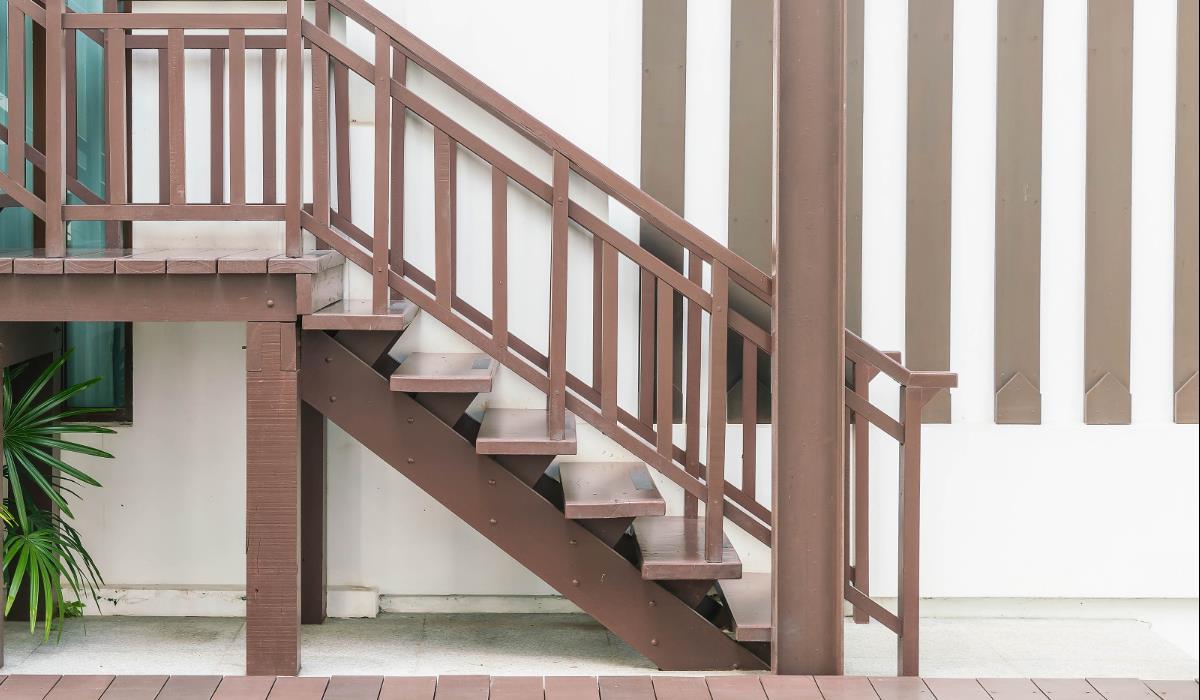Stair requirements play a key role in ensuring safety and compliance with building regulations. The selection of appropriate parameters, such as the height of the balustrade, depends on the type of building and its purpose. Let’s start by considering the applicable construction law regulations that form the basis for these decisions.
The regulations governing the height of balustrades are precisely defined in the Regulation of the Minister of Infrastructure of April 12, 2002. The key criterion that determines the need to install a balustrade is the height of the space covered. In practice, this means that balustrades become necessary when the height difference exceeds 0.5 meters. It is worth noting that special requirements apply to public buildings, especially in the case of stairs exceeding 4 meters in width, where it is necessary to install an intermediate balustrade.
What should be the height of the stair railing?
The type of building plays a key role in determining the appropriate stair railing height. In single- and multi-family houses, the height of the balustrade may be 0.9 meters (measured to the top of the railing). However, in multi-family buildings, a higher balustrade with a minimum height of 1.1 meters is required. It is worth emphasizing that the height of the balustrade is important not only under normal conditions of use, but also in emergency situations, such as fire. In these cases, in accordance with technical regulations, it is allowed to reduce the height of the balustrade to 0.7 meters, provided that the appropriate width of the horizontal part is maintained so that the total dimensions are at least 1.2 meters. However, such solutions are limited to use on theater balconies or auditoriums.

Disabled people also have their own special needs when it comes to stair railings, especially when it comes to ramps adapted for their use. Balustrades for such installations are different from traditional ones. In the case of ramps, handrails are installed not only at a height of 0.9 meters, but also at 0.75 meters from the plane of movement. This method of construction facilitates movement for disabled people and increases safety standards.
Summary
Choosing the appropriate balustrade height depends on many factors, such as the type of building, its purpose, and the special needs of users. It is important to comply with applicable building regulations, which are intended to ensure safety in buildings used.



